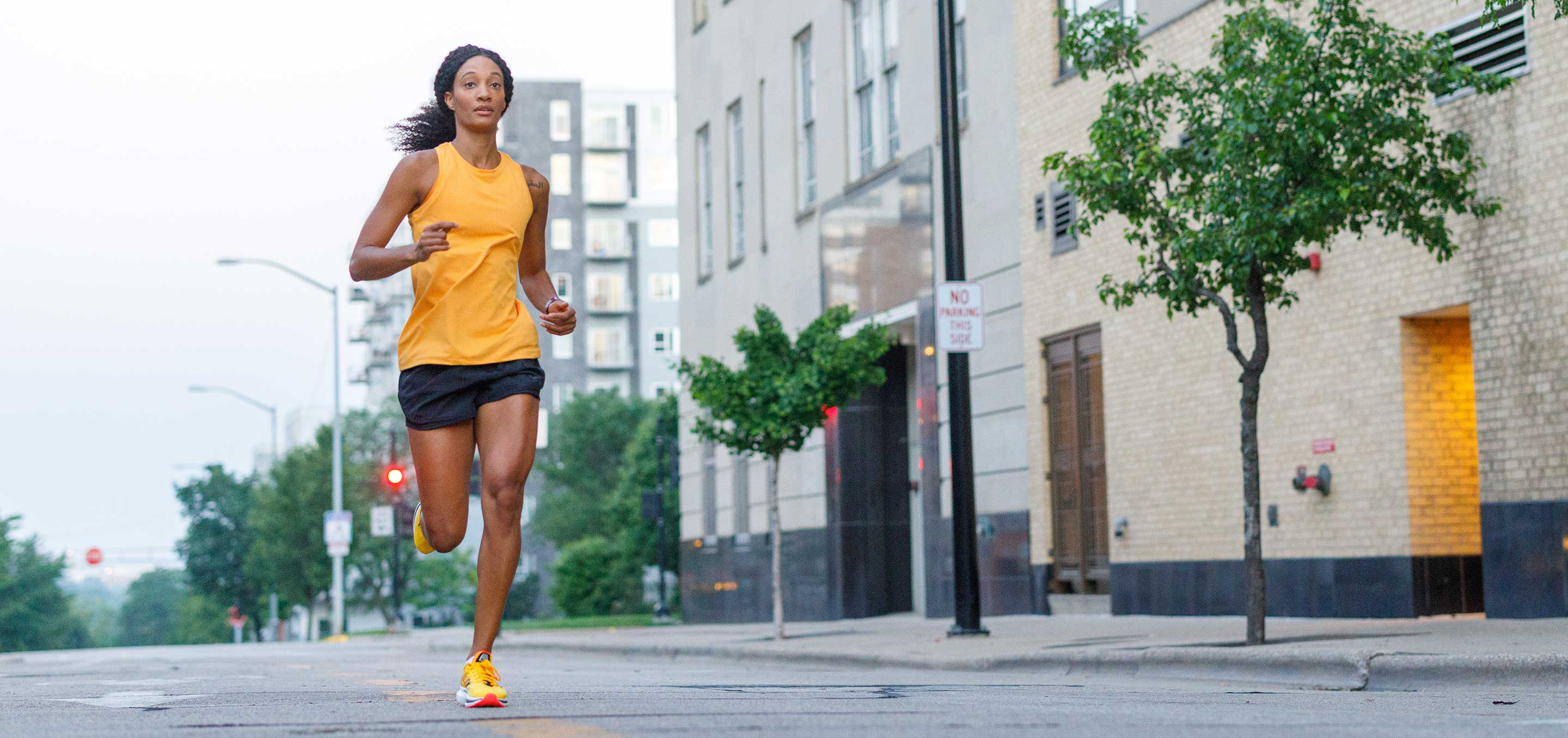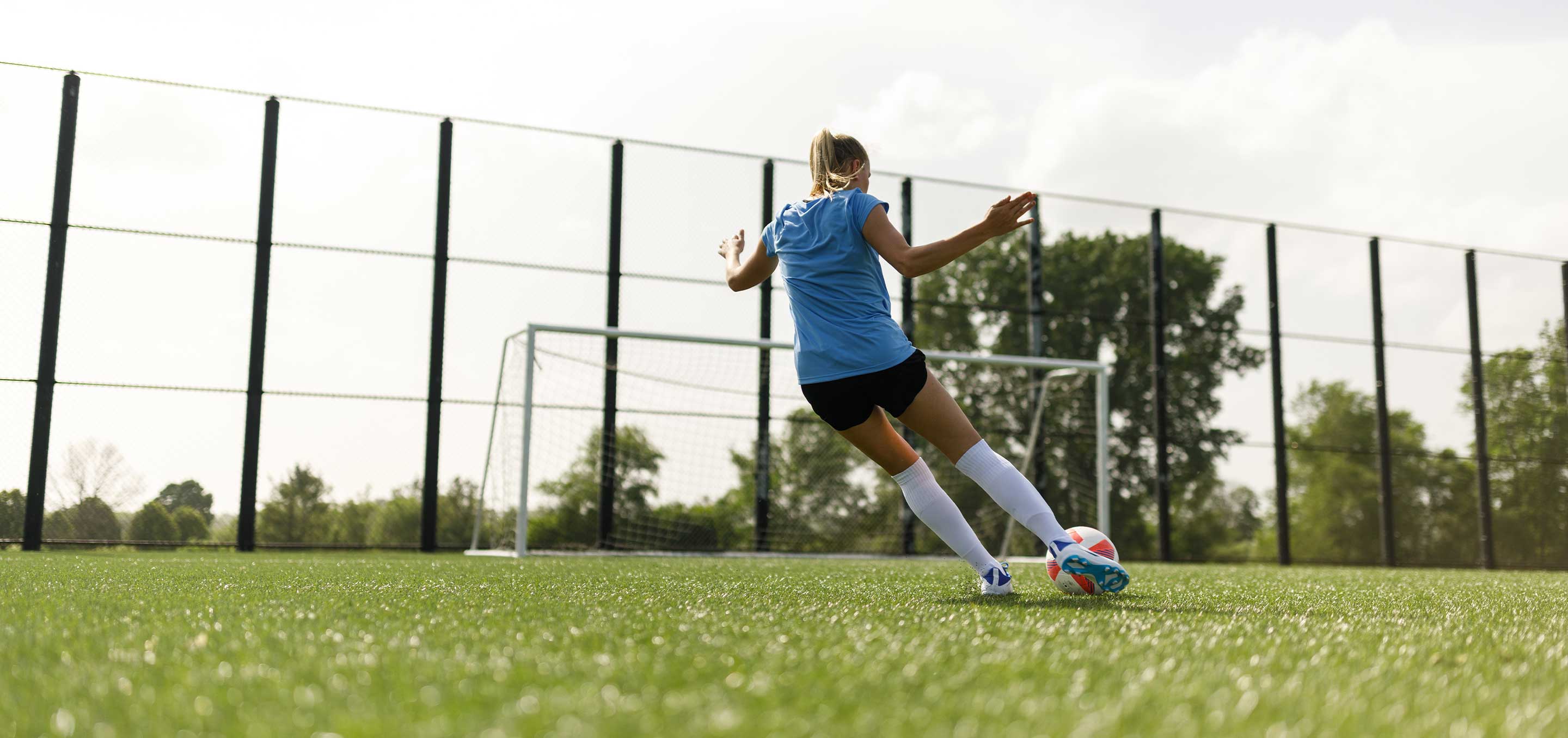Running Comfort: Shoes, Insoles & Your Natural Stride

Why Comfort & Your Natural Stride Rule in Running
Not all running shoes are cut from the same cloth. Most top brands pour incredible effort into designing shoes for optimal comfort and performance. Here at CURREX®, we do the same with our industry-leading running insoles, rated #1 in comfort and foot pressure relief.
For runners, comfort is more than a luxury; it also helps prevent injuries and improve performance. Just as your natural running stride is unique, what feels comfortable is personal to every runner. Learn how your body's comfort filter and preferred movement path are essential in finding the best running insoles and shoes for your stride.
The Comfort Filter & Running Shoes
Every runner has an internal comfort filter that receives constant sensory feedback from their feet and lower body. This intuitive system helps runners decide whether a running shoe or insole is right for their unique biomechanics.
Research suggests that runners use the comfort filter to choose footwear that helps lower their injury risk. When a shoe is perceived as comfortable, it means that the shoe is working with our body’s natural movement, thus reducing stress on joints and muscles.
Comfort, of course, is subjective, so what one runner finds comfortable another may not. This individual perception of comfort aligns with your body’s need for a compatible fit that supports your natural movement, also referred to as your "preferred movement path."

What is the preferred movement path?
A preferred movement path is your body's most natural, efficient, and comfortable way of moving during your running stride. It's shaped by your individual anatomy, muscle memory, and cumulative running experience, making it distinct for every athlete.
Forcing your body away from this innate path through the use of restrictive running shoes or insoles can cause biomechanical inefficiencies. This places undue stress on joints and muscles, compromising performance and increasing the risk of common running injuries.
The right footwear should not dictate your motion but rather support your preferred movement path, allowing your body to move the way it is meant to. When a running shoe insole complements this path, it contributes significantly to overall foot comfort, running economy, and injury prevention.
Running shoes and insoles that work with your preferred movement path feel more comfortable, helping you move more efficiently and with fewer injuries.
How CURREX Works With Your Body, Not Against It
CURREX RUNPRO™ insoles are engineered to support your body’s natural biomechanics, improving the comfort of your shoes without increasing stress underfoot. Our highly customized approach works in synergy with your body’s comfort filter using design features like:
- Dynamic Arch Support: Our patented technology adapts to your foot’s unique movement to increase sensory stimulation, reducing strain and fatigue.
- Multiple Arch Profiles: Every foot is different. Our customized shoe inserts come in three arch profiles to help keep your feet in their optimal biomechanical position.
- Targeted Cushioning: Strategically placed cushioning provides ultimate comfort and shock absorption precisely where your foot needs it most.
- Decoupled Heel Cup: The flexible heel cup offers a zero heel drop that secures and stabilizes your fit in running shoes, further supporting your natural gait cycle.
- Advanced Materials: Premium cushioning and breathable mesh help manage moisture to prevent odors, hot spots, and blisters, improving overall comfort.

At CURREX, we aim to respect the shoe and respect the foot for a better, more comfortable running experience. We offer the best arch support insoles for runners designed to enhance your body's innate ability to perform, unlocking your full athletic potential by working in perfect synergy with your natural stride.
Learn more about the benefits of running insoles when you read 7 Reasons Why You Need Insoles in Running Shoes.
Finding Comfortable Running Shoes & Insoles
Putting the science of the comfort filter and preferred movement path into practice helps you find running shoes that truly work for you. Here's some actionable advice for every runner seeking their ideal setup:
- Listen to Your Body First: When trying on running shoes, prioritize their comfort above all else. If it doesn't feel right, especially after jogging around the store, it likely isn't the best fit for your body.
- Check Your Fit: Not all brands use the same sizing standards. A good running shoe should fit snug around the heel and midfoot but have a wide enough toe box for your toes to spread.
- Look for Cushioned Midsoles: While not all runners like an ultra-cushioned ride, sufficient cushioning in the shoe’s midsole tends to provide a softer landing, which can help improve comfort and minimize fatigue.
- Go Beyond Arch Type: While foot arch type is a factor, don't let it be your sole focus. Consider the overall feel, how the shoe or insole interacts with your entire foot, and if it allows for your natural motion.
- Add CURREX Insoles: Pair CURREX RUNPRO insoles with your favorite running shoes for enhanced comfort and support that’s made for the way you move.
Ultimately, the goal is to find shoes that feel comfortable and complement your unique biomechanics, allowing you to run your best.

Feel Better, Run Better with CURREX Insoles
Understanding your body's comfort filter and preferred movement path can transform your running experience. These natural guides help you find the best running insoles and shoes that truly work for your body.
For optimal comfort, injury prevention, and performance, try CURREX RUNPRO insoles, providing support that’s designed to move with you, not against you. Use the CURREX Insole Finder tool today to discover the perfect profile and unlock your best run.
References:
Nigg, B., et al. (2015). Running shoes and running injuries: mythbusting and a proposal for two new paradigms: “preferred movement path” and “comfort filter.” British Journal of Sports Medicine, 49(20), 1290–1294. https://doi.org/10.1136/bjsports-2015-095054
Payne, C. (2017). Running Shoes and the Preferred Motion Pathway. Running Research Junkie.
Sumner, J., et al. (2024). Advancing our ability to quantify an individual’s habitual motion path and deviation when running. Footwear Science, 16(2), 123–133. https://doi.org/10.1080/19424280.2024.2329250







